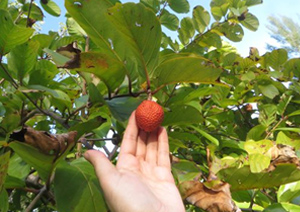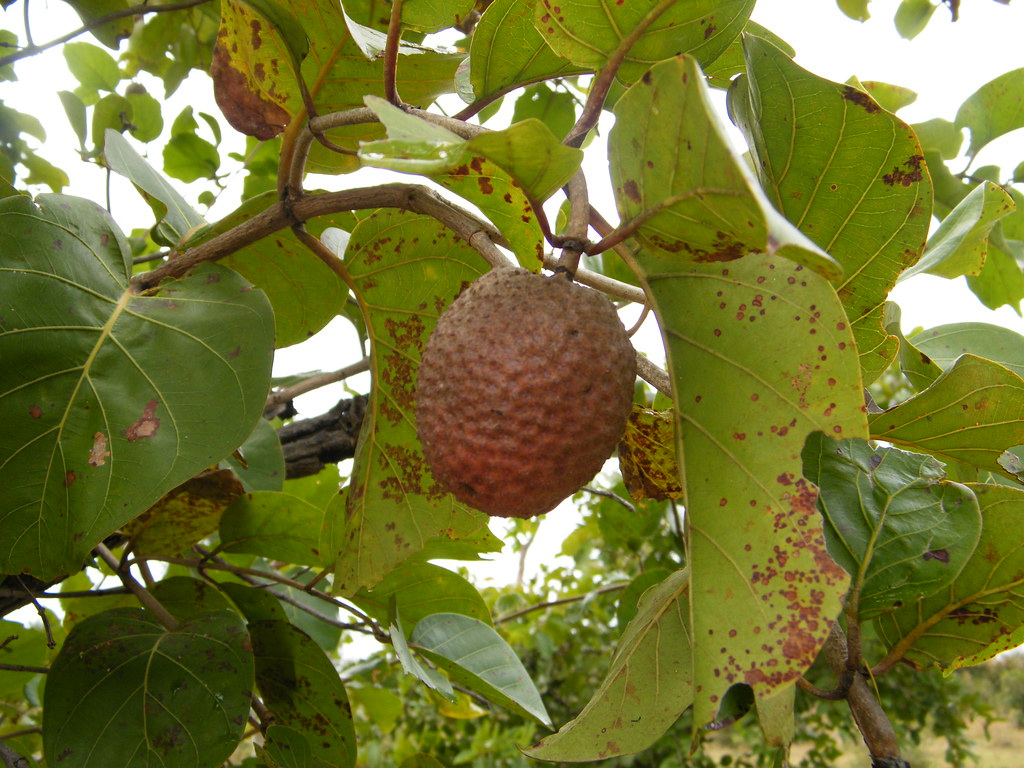
Fruit:(S. latifollus)
Sarcocephalus latifollus
Rubiaceae
(Synonyms): Nauclea latifolia; (Ar.): Karmadoda, Umm Dueima.
Edible fruits known as African peach, Guinea peach, Sierra Leone peach or country fig.
S. latifolius is a savanna shrub sometimes found in undisturbed fringing forest and closed savanna woodland. In Western Sudan grown near stream (Khor) banks.
Fruits
Glabrous shrubs or small trees with drooping branches. Leaves opposite, elliptic-oblong, apex acuminate, base cuneate to subcordate, margin entire. Inflorescences terminal globose heads up to 5 cm across. Fruits drupes, globose with granulated surface, 3-3.5 cm across.
Angustine, Nauflone and Cadambine (Indole alkaloids and Strictosidine lactaum indole alkaloid also inorganic AL, K,Na, Cd, Br, Zn, Mg.
The fruit is eaten as a cough remedy. In Kinshasa, S. latifolius is used by traditional healers to treat diabetes. In Nigeria N. latifolia, is used as a cure for malaria fevers. The aqueous leaves’s extracts paralysed T. columbriformis larvae in a concentration-dependent manner. Extracts of the plant exhibited activity against Escherichia coli, Shigella flexneri, Salmonella typhi and Staphylococcus aureus. The maceration of the barks is used to irradicate tape worms.
Specification Data Sheet:
This Sudanese standard is formulated by the technical committee No.4 formed according to the administrative decree of the SSM0/1/A/I dated 18/8/01. It applies to Sarcocephalus latifollus.
On formulating this standard the committee has referred to international publications and works of Sudanese researchers on the subject.


